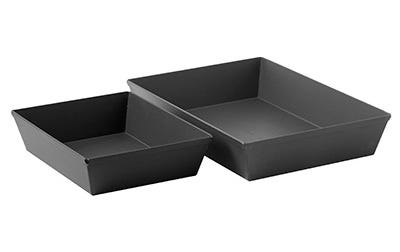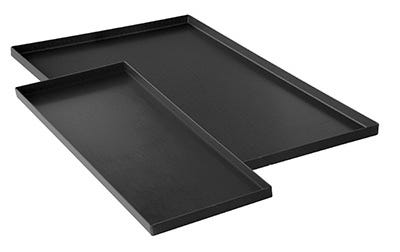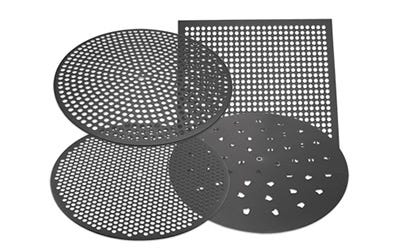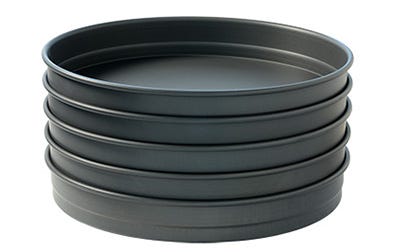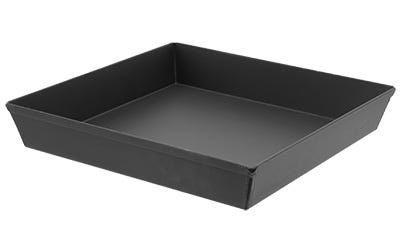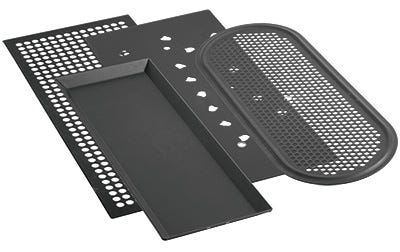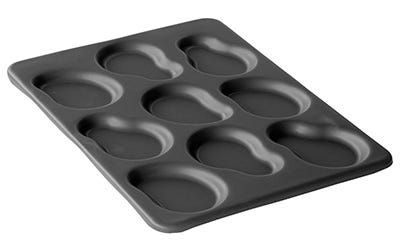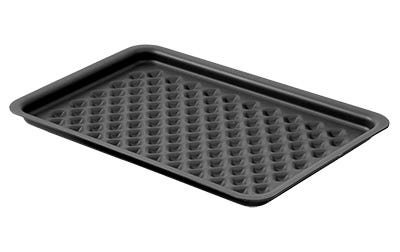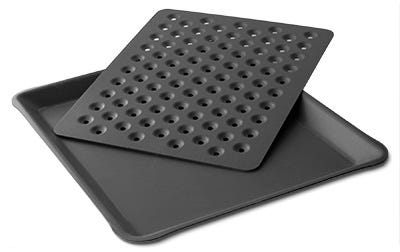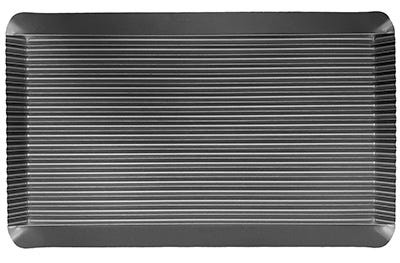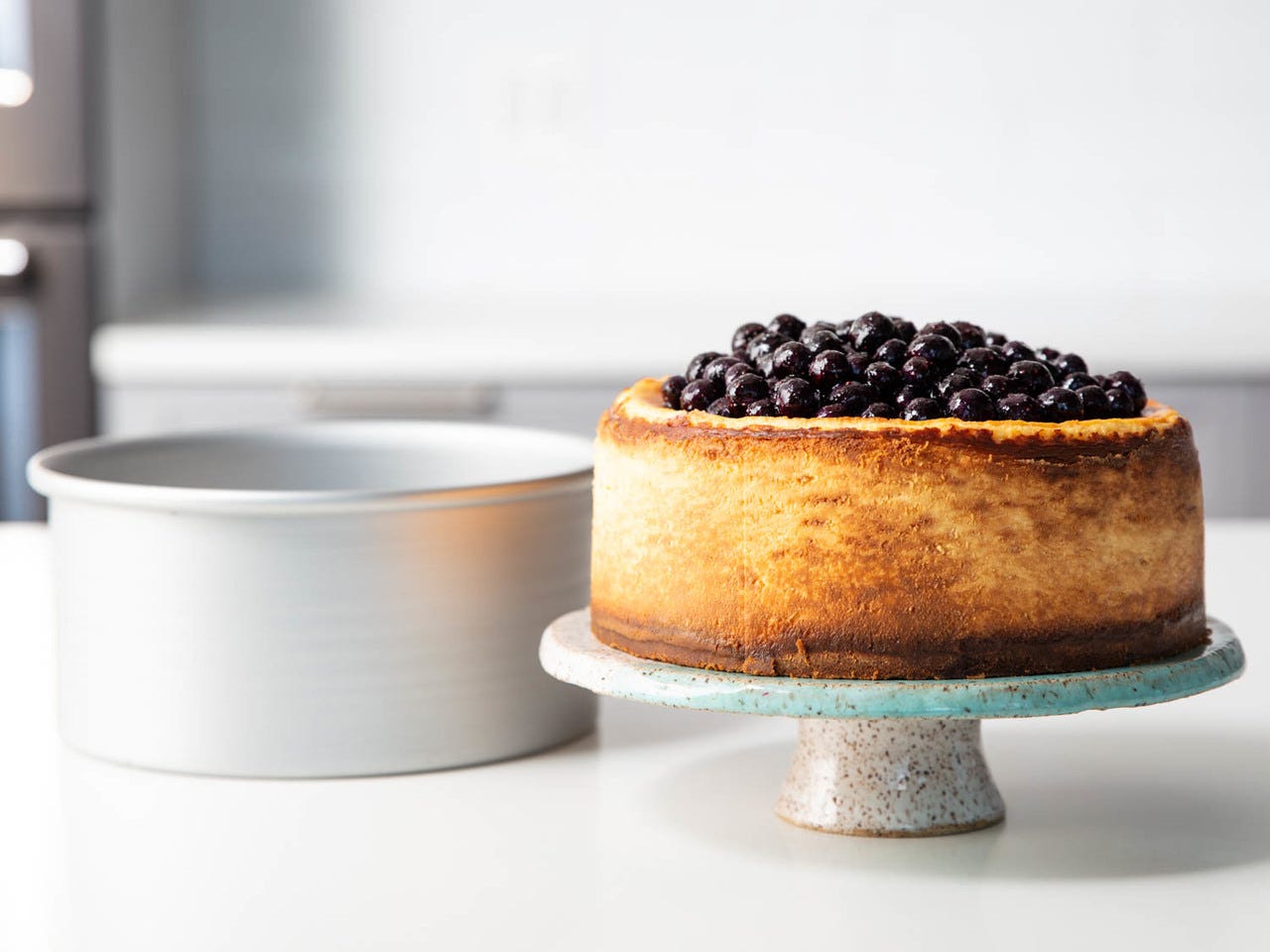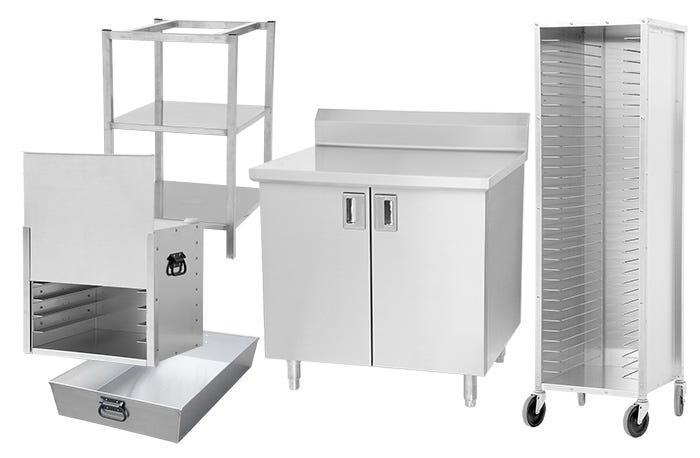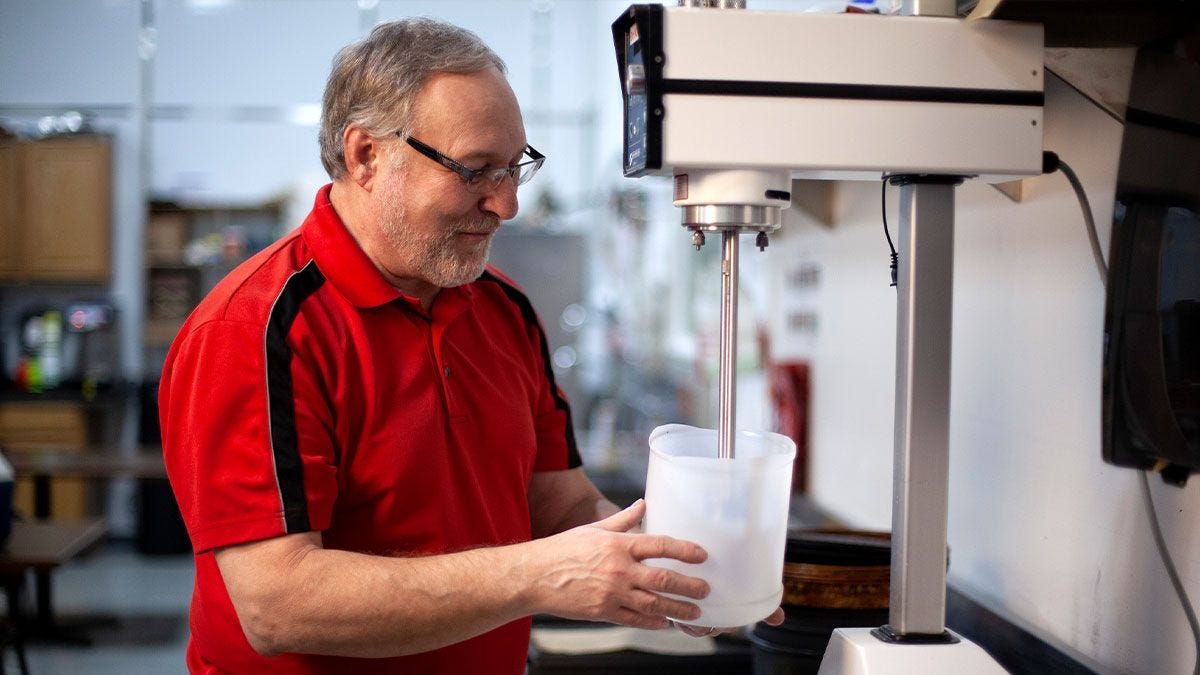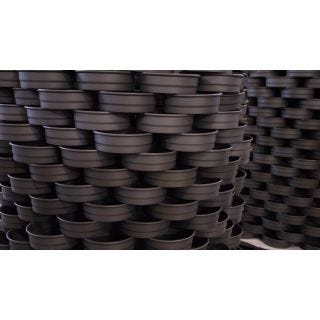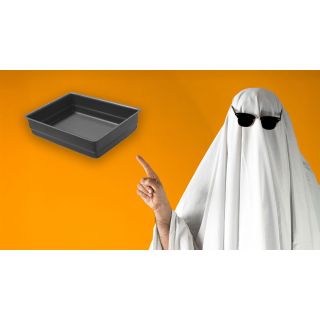Paul Tiffany, our resident food and pan expert tackles your baking and pizza pan questions. Have a question for Paul, leave a comment or email us at sales@lloydpans.com
For this edition of "Ask Paul," our resident food solutions experts tackles not one question, but common issues he sees when helping commercial operations troubleshoot baking issues. Surprisingly, many of the challenges he encounters are basic baking issues forgotten in the rush to get a new product out to market.
Baking is chemistry. Although tremendous artistic expression is possible through infinite variations on a theme, you can't break the rules of baking and get consistent results. What rules? Weight and temperature. From mixing through to baking, adhering to a few simple rules will ensure a successful outcome.
Weight, not volume
Because the reactions of flour, water, yeast and salt rely on a known mass of material, you must weigh your ingredients. A teaspoon of table salt weighs about twice that of a teaspoon of kosher salt because the crystals are smaller and packed together more tightly. If you measured your salt by volume with a measuring spoon and substituted one type of salt for the other, you would still have a recipe, but one for disaster!
Similarly fresh yeast, active dry yeast (ADY), and instant dry yeast (IDY) are not interchangeable as the available amount of yeast organisms in all of them are different for the same volume.
Flours come in various particle sizes depending on the miller's equipment and settings and scooping them from a container can give varying results depending on who's doing it. Sifted flour? Less dense yet! The important thing to remember is that reactions of the flour, water, yeast and salt to each other depend on the atomic mass of each; you must weigh to get the same reaction each time. Use a scale.
Take the temperature
The temperature history of all the ingredients, the mixes made from them, and the baking environment affect the outcome of a finished product. Small room temperature variations in the ingredients won't usually be noticeable, but if you mix a dough in a one horsepower mixer you're basically exposing your mix to a 750 watt heater, because that's what the dough absorbs from the friction of being stirred!
If you need your dough to finish in certain temperature range, you may need to start with ice water to make that happen. Once the dough is mixed it will certainly be warmer and the yeast will really get going on digesting the starch in the flour and making carbon dioxide to raise your product.
Now, all your subsequent steps in forming, holding, and baking the dough must be as identical as possible in time and temperature to get a reproducible result. For example, proofing in an open room environment in the winter versus summer certainly gives different results.
Once mixed, and having the dough reach the desired temperature at the same time, immediately form the dough and either bake, go to refrigeration or proof for a specific time at a controlled temperature. The entire time/temperature history will affect your results and can't be left uncontrolled for consistency's sake.
The speed of chemical reactions change by two to one for every 10⁰C (18⁰F) change in temperature. A dough at 103F⁰ will rise twice as fast as one at 85⁰F!
Dough management is everything. Use thermometers and scales!
 Contact Lloyd Pans
Contact Lloyd Pans 800-748-6251
800-748-6251
